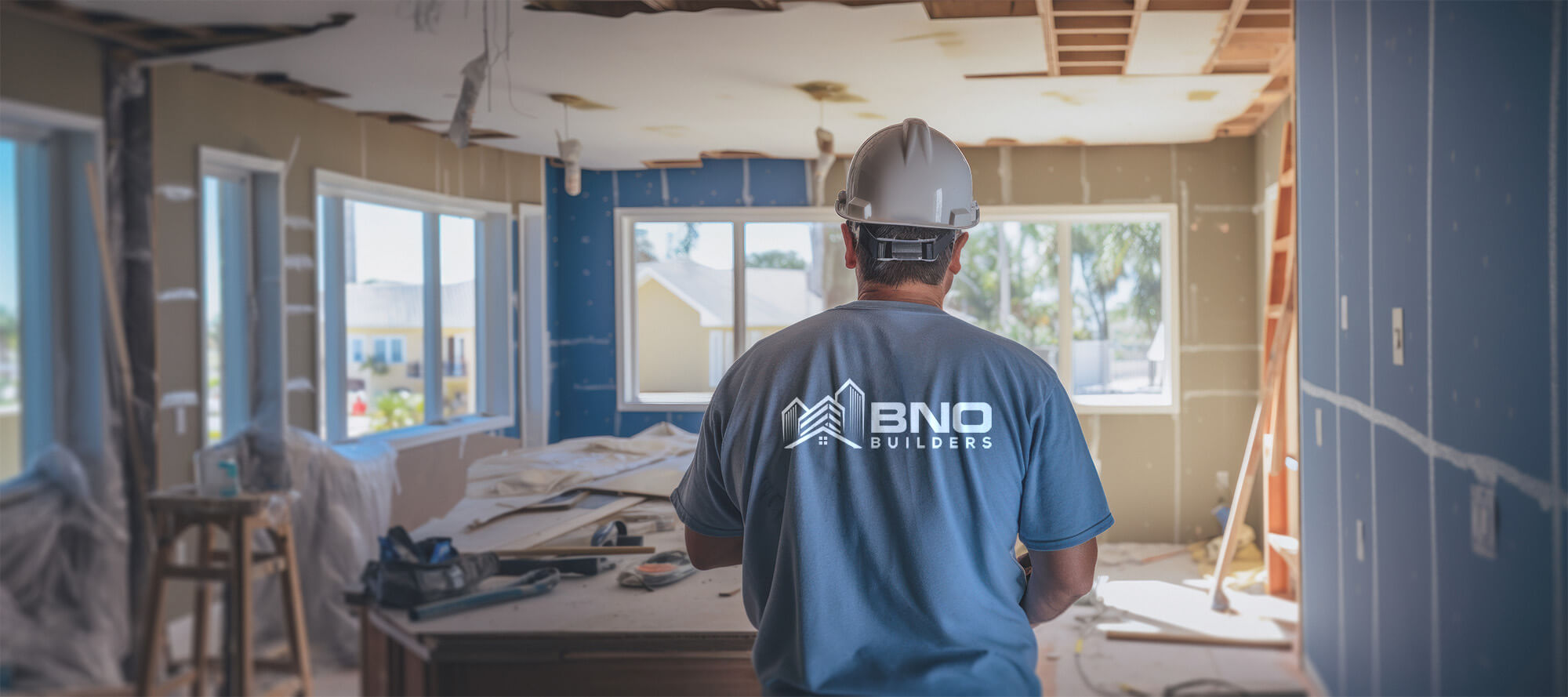
What Is The Best Base For Artificial Turf?
3 MIN READ
January 13, 2025
A strong and stable base is essential for the success and longevity of artificial turf installations. The base material provides the foundation that ensures proper drainage, prevents shifting, and creates a level surface for the turf. Selecting the right base material is crucial to achieving a durable, functional, and visually appealing artificial turf setup.
Types Of Base Available For Artificial Turf
The choice of base material for artificial turf depends on factors such as drainage requirements, budget, and intended use. Each material offers unique benefits to suit various installation needs. Here is the list of base materials available for artificial turf:
- Crushed Stone (Class 2 Road Base)
- Decomposed Granite (DG)
- Gravel
- Sand
- Crusher Fines
- Recycled Concrete
- Compacted Base with Geotextile Fabric
1. Crushed Stone (Class 2 Road Base)
Crushed stone is one of the most commonly used base materials for artificial turf. It offers excellent drainage and stability, ensuring a solid foundation for the turf. The crushed stone is compacted to create a flat and even surface, reducing the risk of shifting or sinking over time. This material is ideal for both residential and commercial installations.
2. Decomposed Granite (DG)
Decomposed granite is a compacted material that provides a stable and durable base for artificial turf. It is widely praised for its excellent drainage properties, ensuring that water flows through easily to prevent pooling. DG is a cost-effective option for creating a long-lasting foundation.
3. Gravel
Gravel is a versatile and effective base material for artificial turf, especially when drainage is a priority. Its porous nature allows water to pass through easily, reducing the risk of waterlogging. However, it must be carefully compacted to create a level and stable surface for the turf installation.
4. Sand
Sand is often used as a leveling material or as part of the infill system in artificial turf installations. It helps create an even surface and contributes to efficient drainage. While it is not typically used as the primary base material, sand can complement other materials to enhance the base’s functionality.
5. Crusher Fines
Crusher fines are a finer version of gravel, offering a smooth and compacted base with excellent drainage capabilities. This material is particularly useful in installations where a more refined and uniform base is desired. It is easy to work with and creates a durable foundation for artificial turf.
6. Recycled Concrete
Recycled concrete is an eco-friendly option that provides a stable and compact base for artificial turf. It offers good drainage and long-term durability while repurposing construction waste, making it an environmentally sustainable choice.
7. Compacted Base with Geotextile Fabric
A compacted base with geotextile fabric is a premium solution for artificial turf installations. The fabric layer prevents weed growth and enhances drainage while ensuring the stability of the base material. This method is ideal for areas where long-term durability and minimal maintenance are priorities.
Why Is A Base Important For Artificial Turf?
A proper base is essential for the success of an artificial turf installation. It ensures that the turf remains level, prevents shifting or sinking, and provides excellent drainage to avoid water pooling. Additionally, a well-prepared base prolongs the life of the turf, supports heavy use, and reduces maintenance by preventing weed growth and soil erosion.
How Much Base Is Required For Artificial Turf?
The depth of the base material depends on the intended use of the artificial turf and the type of soil beneath it. For most residential installations, a base depth of 2 to 4 inches is sufficient. However, for high-traffic areas, sports fields, or installations over unstable soil, a base depth of 4 to 6 inches may be required. Proper compaction at each layer ensures maximum stability and performance.